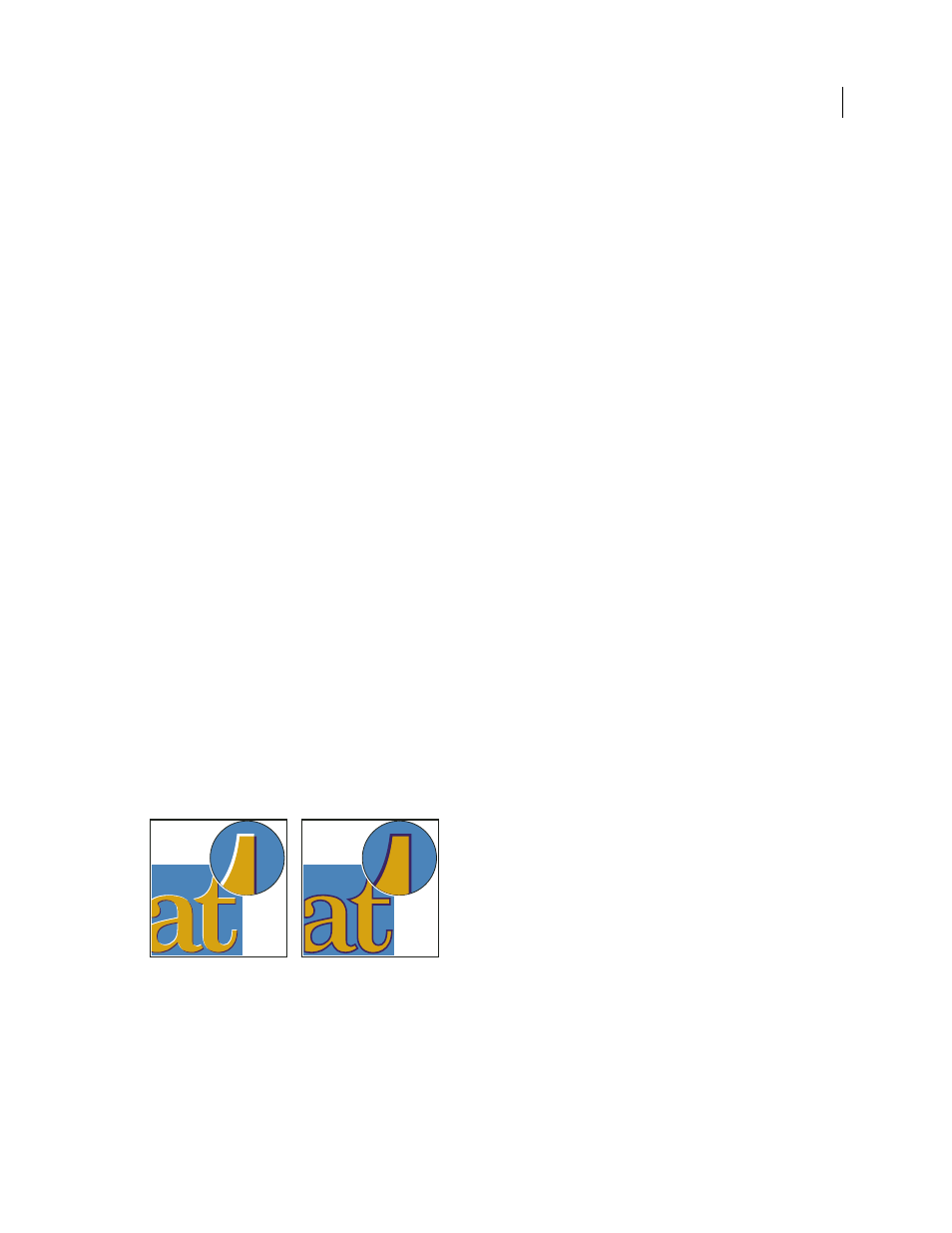Trapping color, About ink trapping – Adobe Acrobat 9 PRO Extended User Manual
Page 460

454
USING ACROBAT 9 PRO EXTENDED
Print production tools
Last updated 9/30/2011
JDF Job Definitions
Allows you to create custom job definitions that can be edited and used in a production
environment. The JDF file also include information necessary for the creation of PDFs appropriate for the production
process, including PDF conversion settings and preflight profiles.
For articles and videos on print production techniques, see these resources:
•
•
Adobe PDF in the Print Production Workflow:
.
•
Transparency in Adobe Applications: A Print Production Guide:
•
A Designer's Guide to Transparency for Print Output:
•
Reliable JDF Job Ticketing with Adobe Creative Suite using Acrobat 9 Pro:
•
•
Trapping color
About ink trapping
When an offset printed document uses more than one ink on the same page, each ink must be printed in register
(perfectly aligned) with any other inks that it abuts, so that there is no gap where the different inks meet. However, it’s
impossible to ensure exact registration for every object on every sheet of paper running through a printing press, so
misregistration of inks can occur. Misregistration causes an unintended gap between inks.
You can compensate for misregistration by slightly expanding one object so that it overlaps an object of a different
color—a process known as trapping. By default, placing one ink over another knocks out, or removes, any inks
underneath to prevent unwanted color mixing; but trapping requires that inks overprint, or print on top of each other,
so that at least a partial overlap is achieved.
Misregistration with no trap (left) and with trap (right)
Most traps employ spreading—expanding a light object into a dark object. Because the darker of two adjacent colors
defines the visible edge of the object or text, expanding the lighter color slightly into the darker color maintains the
visual edge.
